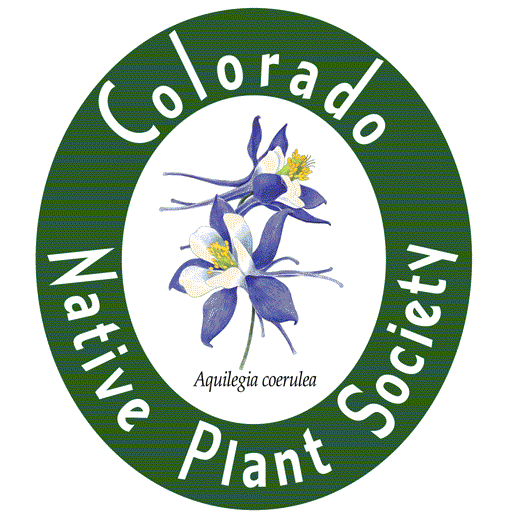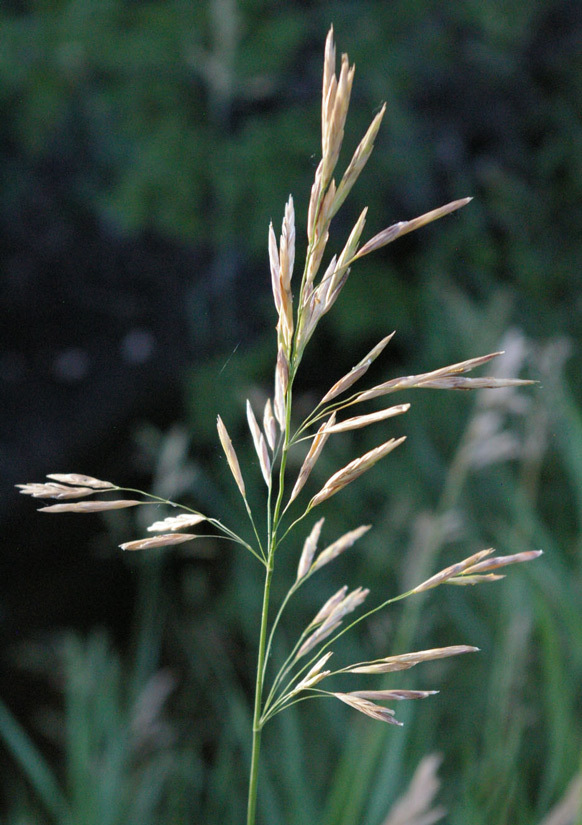


Colorado Designated Noxious Weeds
The Colorado Noxious Weed Act
The Colorado Noxious Weed Act clearly states what the danger is to Colorado ecosystems: “Noxious weeds have become a threat to the natural resources of Colorado, as thousands of acres of crop, rangeland, and habitat for wildlife and native plant communities are being destroyed by noxious weeds each year.”
Colorado has created a list of the species that pose the greatest threat to agriculture and native plant communities. The list is split into three groups:
“List A” species are rare noxious weed species that are are not well established in the state, and are subject to eradication wherever detected. Plants in this list are subject to immediate eradication in order to prevent them from gaining a foothold in the state.
“List B” species are noxious weeds that are fairly well established with discrete statewide populations. These species are subject to eradication, containment, or suppression in in order to stop their continued spread. These species are felt to be too well established to be completely eradicated, but through weed management plans, can be contained.
“List C” species are widespread and well-established. Their control is recommended but not required by the state, although local governing bodies may require management.
There is a fourth category called “The Watch List” which include plants that pose a potential threat to agricultural productivity and environmental values. Individuals are encouraged to learn their identification and report their presence to weed control officers.
The Colorado Department of Agriculture is responsible for developing weed management plans for all List A and List B species. Each county designates a weed control officer who is responsible for implementing those plans in their county.
What Are Noxious Weeds?
Noxious weeds are defined as non-native plants which aggressively invade and replace native vegetation or reduce agricultural productivity. They also can increase the threat of wildfires and alter entire ecosystems.
__________________________________________________________
Some Noxious Weed Photos
Click on the photo to get started.
Scroll through using left & right arrows.
Click the “i” to see information about the plant and the bottom down arrow remove the thumbnail carousel.
Smooth Brome (Bromopsis inermis)
Smooth Brome (Bromopsis inermis), Grass Family (Poaceae), and exotic invasive grass, not on the Colorado list of noxious weeds, but considered invasive by the U.S. Park Service in Dinosaur National Monument and Rocky Mountain National Park. It icommon in disturbed areas, meadows and grasslands, forests and along roadsides from plains to alpine on the easternand western slopes. Blooms from June through September. Photo by Mo Ewing
Why & How Introduced Plants Are Invasive
Non-native invasive species are not inherently evil. Every plant whether native or non-native has a collection of traits that they have developed over millennia which allows them to compete effectively with other plants and predators in their plant community.
When a non-native plant (defined as a plant that was not found in the United States prior to the “discovery” of America by Europeans in the 15th century). is moved from one ecosystem to another, the traits that it uses for survival in the new ecosystem are either effective, which means its survival, or not effective, or those traits give it a huge advantage over the plants and predators in its new ecosystem.
A great example of this is found in the Tree of Heaven (Ailanthus altissima), a “watch list” species in Colorado, which has been planted in some of our cities. This tree comes from Northern China where it has 46 insects, 16 funghi and one virus predators that attack this tree and keep its growth and spread in check. However, in the United States, none of these predators exist, so the tree can grow and spread extremely quickly, overcoming native species and making it “invasive”.
Plants that tend to become invasive outside of their historical range tend to have one of the following characteristics:
- They are usually early successional plants, which grow quickly in places which have removed native plants by some sort of disturbance.
- Are well equipped for rapid growth,
- Have highly effective reproduction characteristics
- Can reproduce vegetatively
Tumbleweed, Knotweed & Cheatgrass
Prolific seed producer Tall Tumbleweed (Sisymbrium altissimum) 1.5 million seeds per plant. Breaks off and tumbles across the ground, fruit is tough and shatters slowly, only a few seeds released at one time, can spread seeds through fall and winter, seed coat sticky sticks to animals, in more than half of CO counties. Tumble mustard’s initial expansion westward was probably facilitated by railroad cars. One of the species’ common names, Jim Hill mustard, comes from the name of the early railroad magnate. The plant is native to the western part of the Mediterranean Basin in Europe and Northern Africa and is widely naturalized throughout most of the world, including all of North America. It was probably introduced into North America by mistakenly being mixed with an imported crop seed.
Japanese Knotweed (Fallopia japonica) is a good example of a plant that uses multiple methods to exclude native plants. It is mostly found in the eastern United States where it is an extremely invasive plant. In Colorado it is sometimes cultivated, but has escaped in a few places (Boulder Creek and Clear Creek in Golden). It grows rapidly and uses an extensive root system of rhyzomes which can spread 23 feet horizontally and 10 feet deep. It creates thick, dense colonies, shading out native species. In addition, it releases toxic chemicals to inhibit the growth of native plants. Reproduction is mostly vegetative with both roots and stems being able to grow into new plants.
Smooth Brome (Bromis inermis) In all but 6 counties in CO. Considered invasive in Dinosaur National Monument and Rocky Mountain National Park. This grass prefers sunny areas along roadsides and also in fields, pastures and prairies. Bromus inermis is a native of Europe and was introduced into the United States in the late 1800’s. a deeply rooting, rhizomatous perennial grass.
Cheatgrass (Bromus tectorum) in every Colorado county. The seeds can germinate in the fall or in the spring; fall germination is generally more common. B. tectorum has a fibrous root system is finely divided. When a seed germinates in the fall, the developing root system is able to expand over the winter, giving the plant an increased ability to exploit available water and nutrients in the spring. Bromus tectorum has the ability to draw down soil moisture and nutrients to very low levels, making it difficult for other species to compete. An increased cycle of fires favors annual species at the expense of many perennials. Due to its tendency to mature early and then dry out, it gains a competitive advantage through the promotion of fire.

